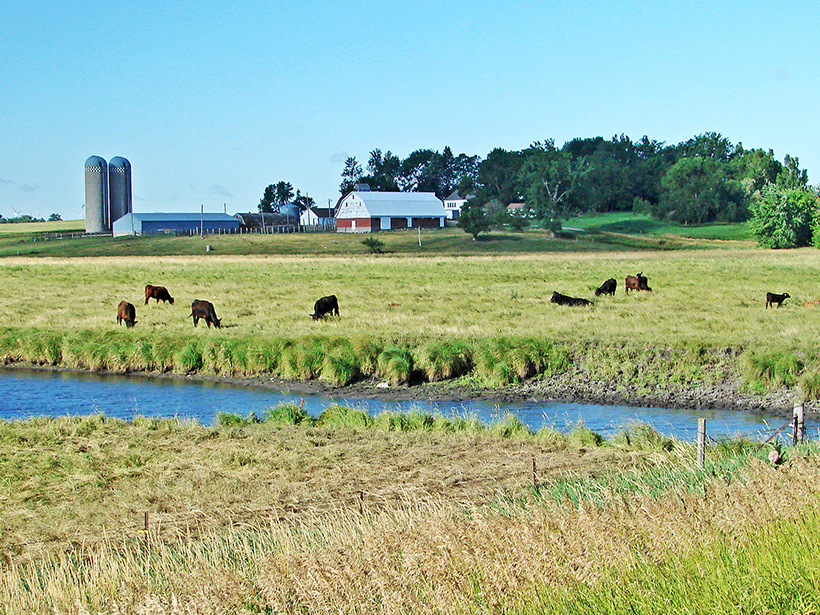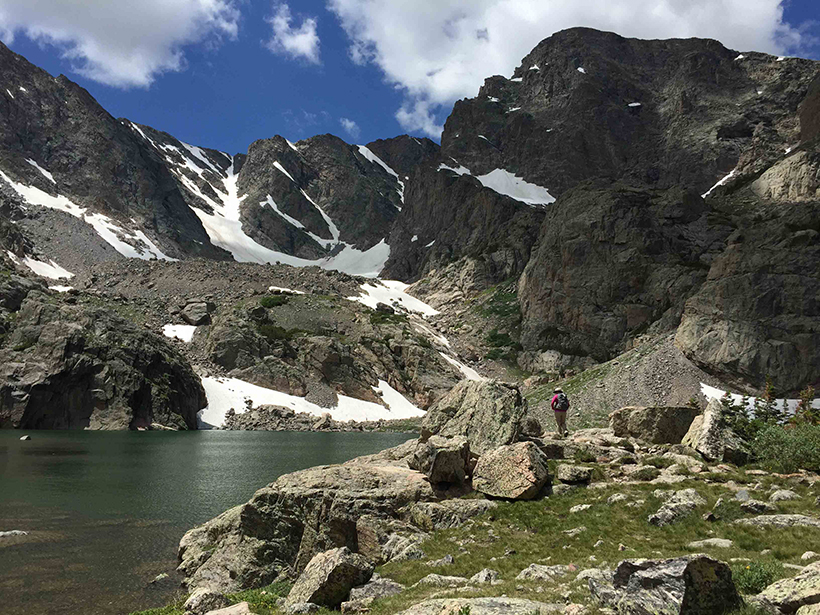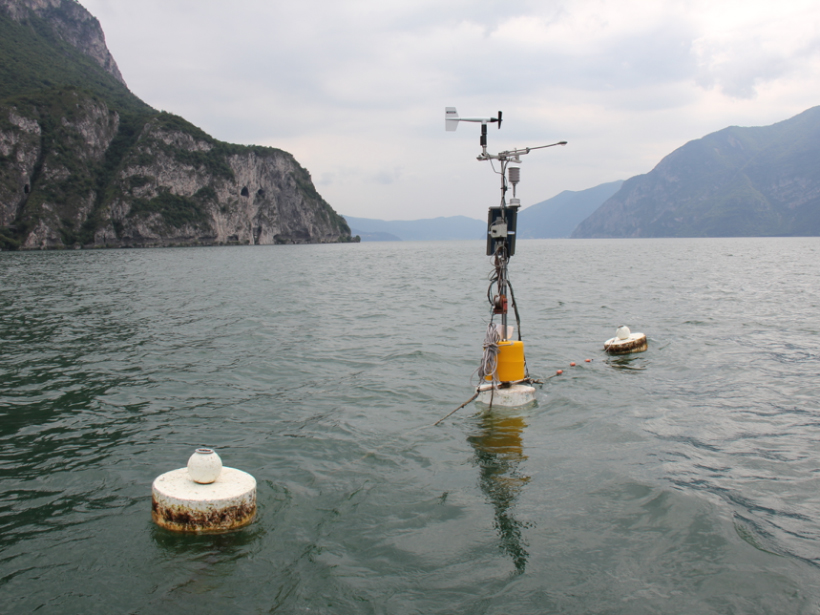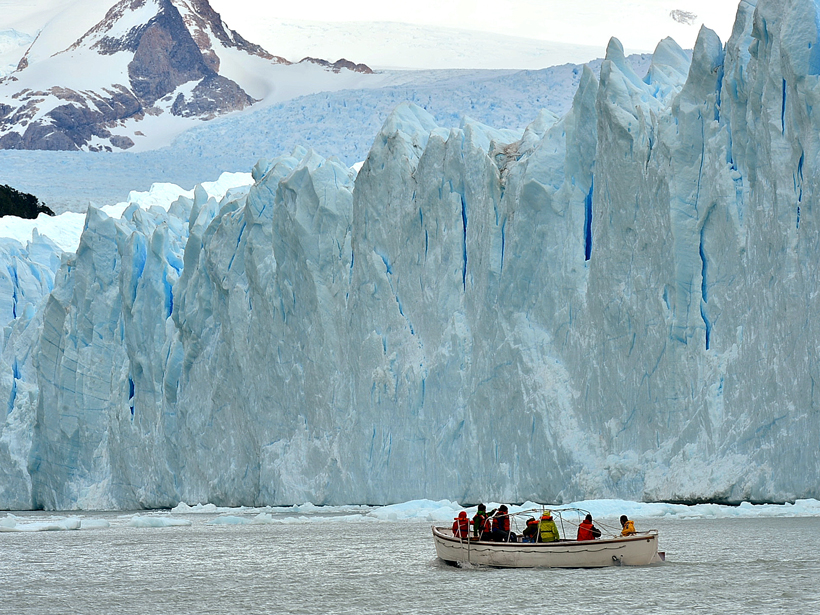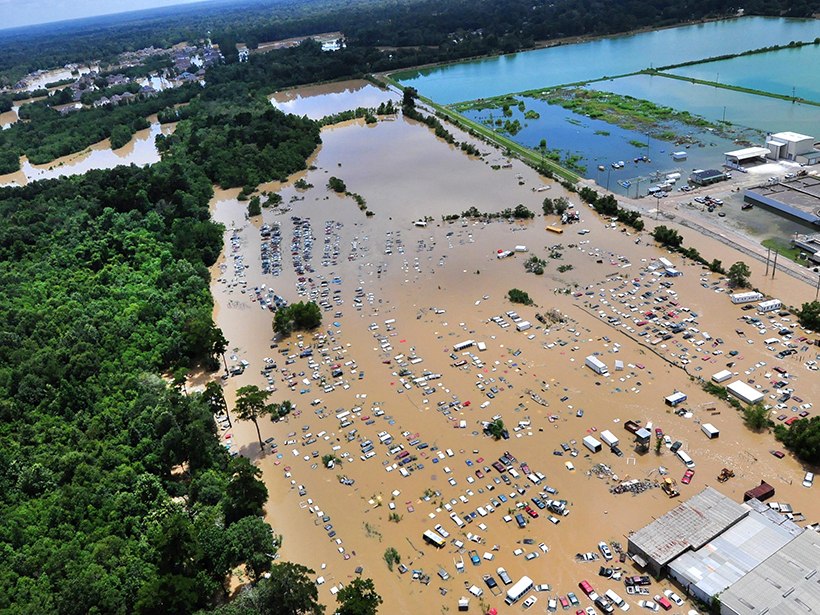Yellowstone Lake, far from any ocean, hosts underwater hot springs similar to those on mid-ocean ridges. A research team is investigating the processes that drive the lake’s hydrothermal systems.
lakes
Polluted Lakes in Disguise
Clear lake water under highly polluted conditions might necessitate a rethink of water management policies and pollutant mitigation.
Understanding Mountain Lakes in a Changing World
Mountain Lakes and Global Change Workshop; Fort Collins, Colorado, 6–8 March 2017
How Does Wind Push Water?
A new 3-D model shows how wind affects hydrodynamic mixing in a northern Italian lake.
An Autonomous Boat to Investigate Acidic Crater Lakes
A novel aquatic drone ventured into highly acidic waters to test the feasibility of remotely exploring and surveying hazardous volcanic lakes.
A Plunge into the Depths of Italy’s Lake Garda
First International Scientific Workshop on GARDEN (Lake Garda Environmental system); Trento, Italy, 2 February 2017
Shifting Winds Write Their History on a New Zealand Lake Bed
A team of scientists finds a year-by-year record of climate history spanning the past 17,000 years at the bottom of a South Island lake.
In Patagonian Lakes, Glacial Meltwater Lies Low
A new study reveals key differences in ice-water interactions between glaciers that flow into lakes and glaciers that end in the sea.
Modeling Rainfall Runoff
New framework unifies existing models for better analysis of the flowing water produced by heavy rain events.
Aquatic Plants May Accelerate Arctic Methane Emissions
About two thirds of the gas produced by a study area near Barrow, Alaska, came from increasingly abundant greenery covering only 5% of the landscape, researchers estimate.


